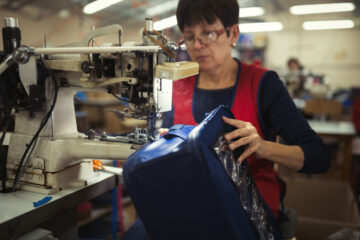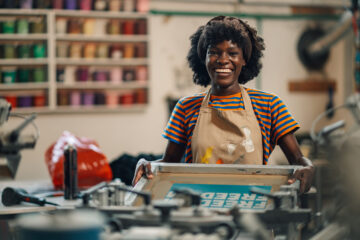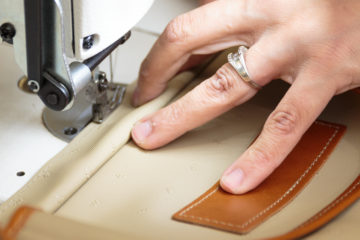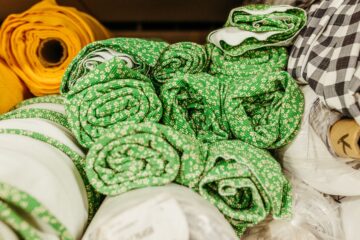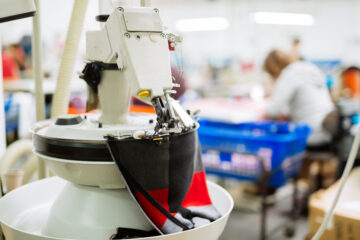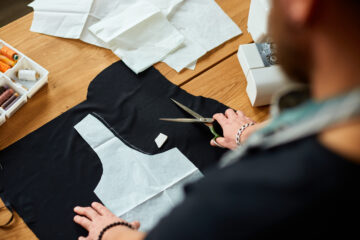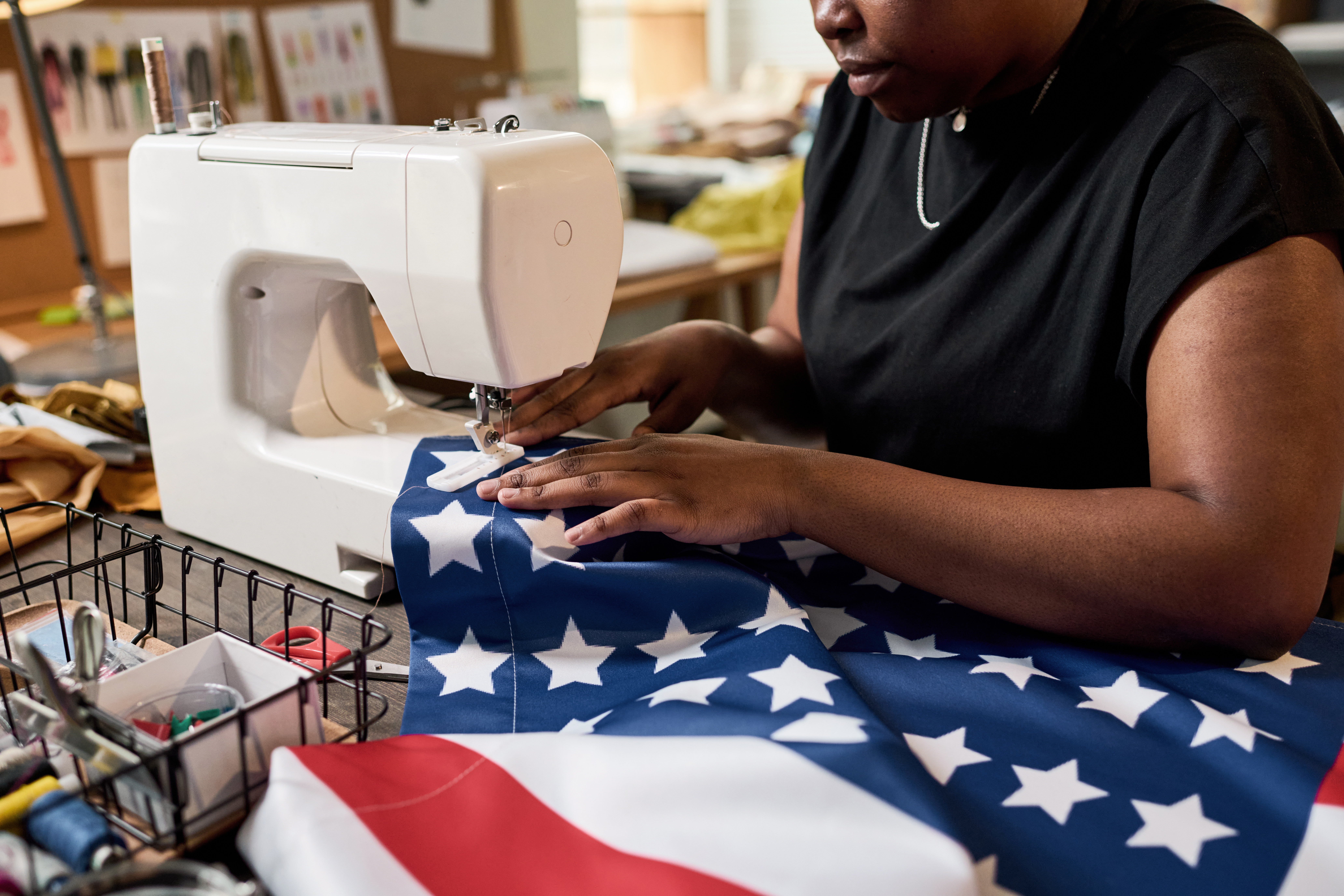Optimizing Cutting Yield in the Leather Goods Industry: How Manufacturers Save Money and Improve Efficiency
Saving money and reducing waste are important focuses for many leather goods manufacturers. Optimizing cutting yield allows manufacturers to save resources, reduce waste, and prevent inefficiencies. Let’s explore some strategies for optimizing cutting yield!
Factors Influencing Cutting Yield
A “cutting yield” refers to the efficiency by which leather goods manufacturers utilize raw materials when making leather products like bags, shoes, and other garments. It is measured as a percentage of usable material obtained from the total hide or sheet of leather. A higher cutting yield means more material is used for production, meaning less waste. Alternatively, a low cutting yield can indicate inefficiencies in the cutting process.
Many factors can influence cutting efficiency, including material quality, pattern design, cutting technology, and expertise. High-quality leather that has been appropriately handled and prepared will yield more usable material than low-quality leather. Additionally, the arrangement of cutting patterns on the hide will significantly impact yield. The type of tools one uses to cut leather can also affect the cutting efficiency. For example, manual tools may lead to a lower yield when compared to advanced technologies like dieless cutting machines. Creating an efficient cutting process requires immense skill, attention to detail, and planning. However, this time and effort pays off in the long run with cost-savings, increased efficiency, and reduced waste.
Strategies for Optimizing Cutting Yield
Leather manufacturers can use various strategies to increase their cutting yield, thus saving money and reducing raw material waste.
Use Advanced Cutting Technologies
One key way to optimize cutting yield is to use advanced technologies. In the past, leather goods manufacturers relied on manual cutting methods, which were time-consuming and often resulted in waste. Today, computerized and laser-cutting machines can quickly and accurately cut leather into the desired shapes and sizes. These machines use advanced algorithms to calculate the most efficient cutting patterns, resulting in less waste.
Pattern Layout Optimization
Leather goods manufacturers can also efficiently arrange cutting patterns on leather sheets and hides to reduce waste. They can calculate the optimal way to organize patterns on a hide using advanced nesting techniques, minimizing gaps. Many computerized machines have software solutions that can design optimal nesting patterns, making it easy for manufacturers to improve their cutting yield.
Material Selection and Utilization
Manufacturers can also save money by using high-quality leather. This may seem counterintuitive, as high-quality leather is often more expensive than lower-quality options. However, high-quality leather is more durable and less likely to tear or break during cutting. The cutting process can strain materials, so by using high-quality leather, manufacturers can reduce the likelihood of tearing.
The cutting process creates many scrap pieces of leather that often end up in the trash. However, leather goods manufacturers can use these leftover materials to make smaller items like patches or wallets. This not only increases cutting yield but also boosts sustainability and reduces waste.
Optimizing cutting yield is an important concern for manufacturers in the leather goods industry. By using advanced cutting technologies, careful planning, high-quality materials, and efficient processes, manufacturers can save money and improve their bottom line. By doing so, they can remain competitive and continue to produce high-quality small leather goods for their customers.
Optimize Your Cutting Yield with Softline Brand Partners
Are you ready to revolutionize your leather goods production and maximize cutting yield for increased profitability and sustainability? Look no further than Softline Brand Partners, an industry leader in soft goods manufacturing. With years of experience and a commitment to quality, Softline Brand Partners can expertly guide you through the design, sourcing, and manufacturing of leather products. Reach out today to learn more about our commitment to quality, waste reduction, and cost efficiency!
